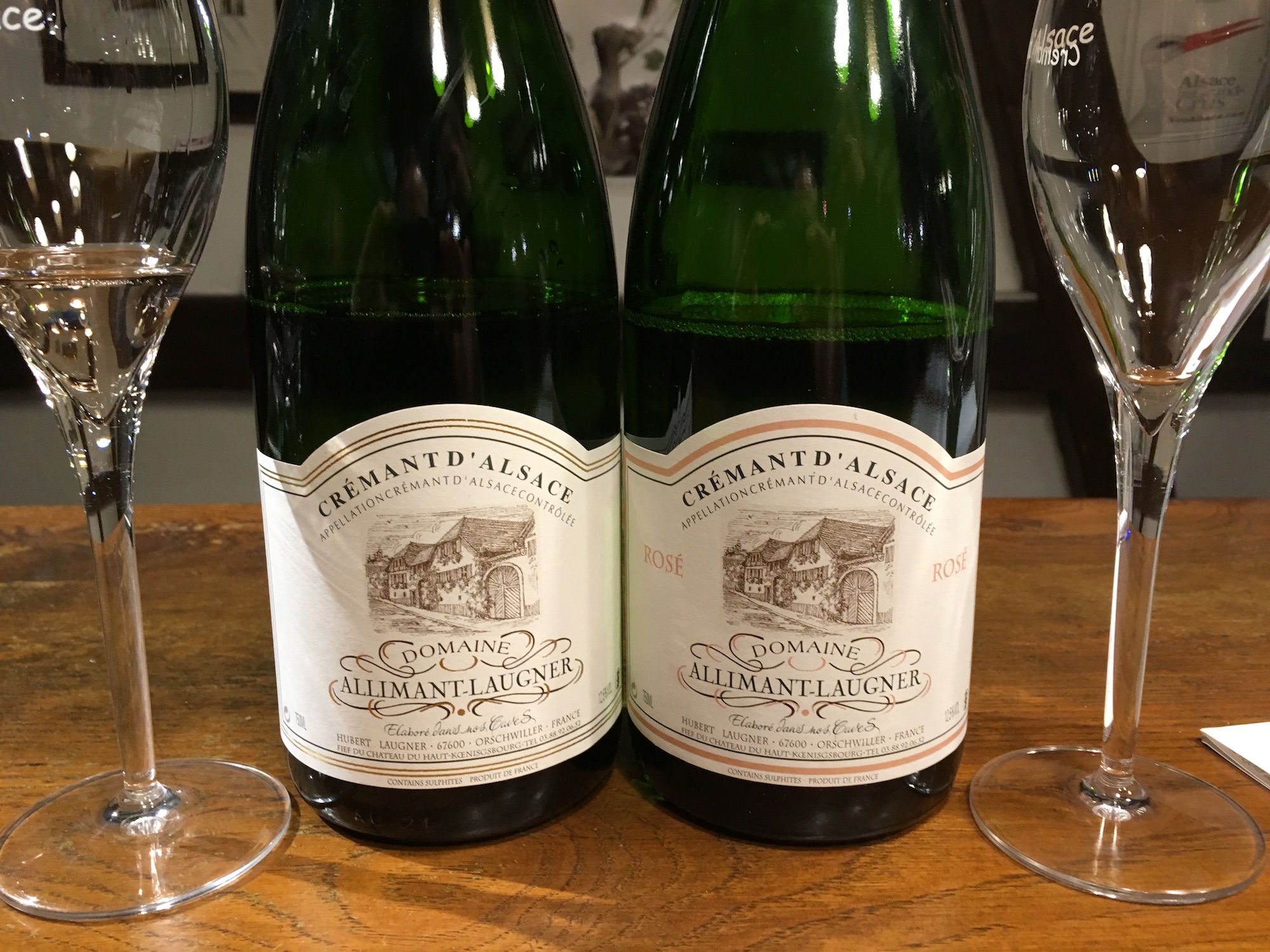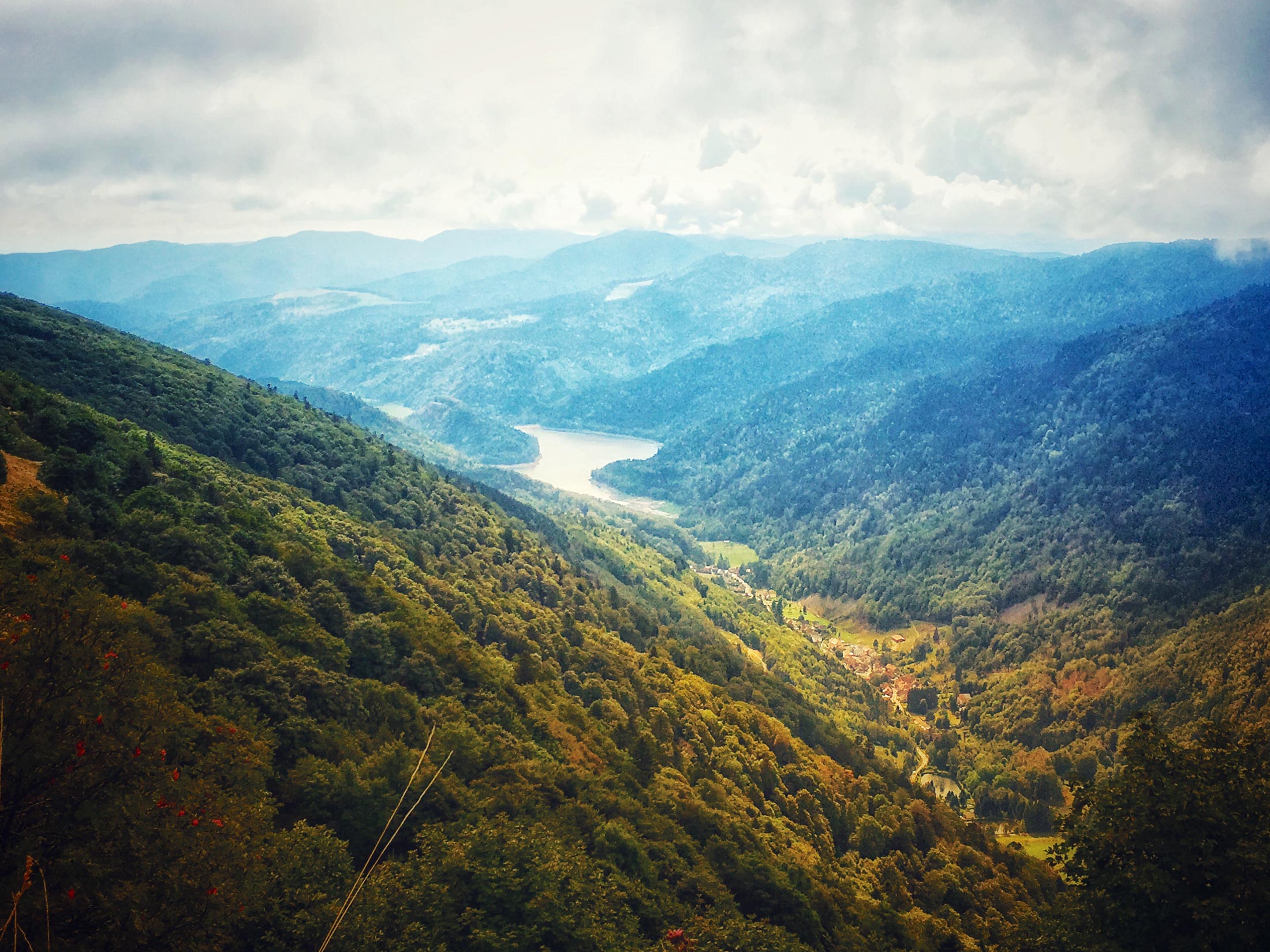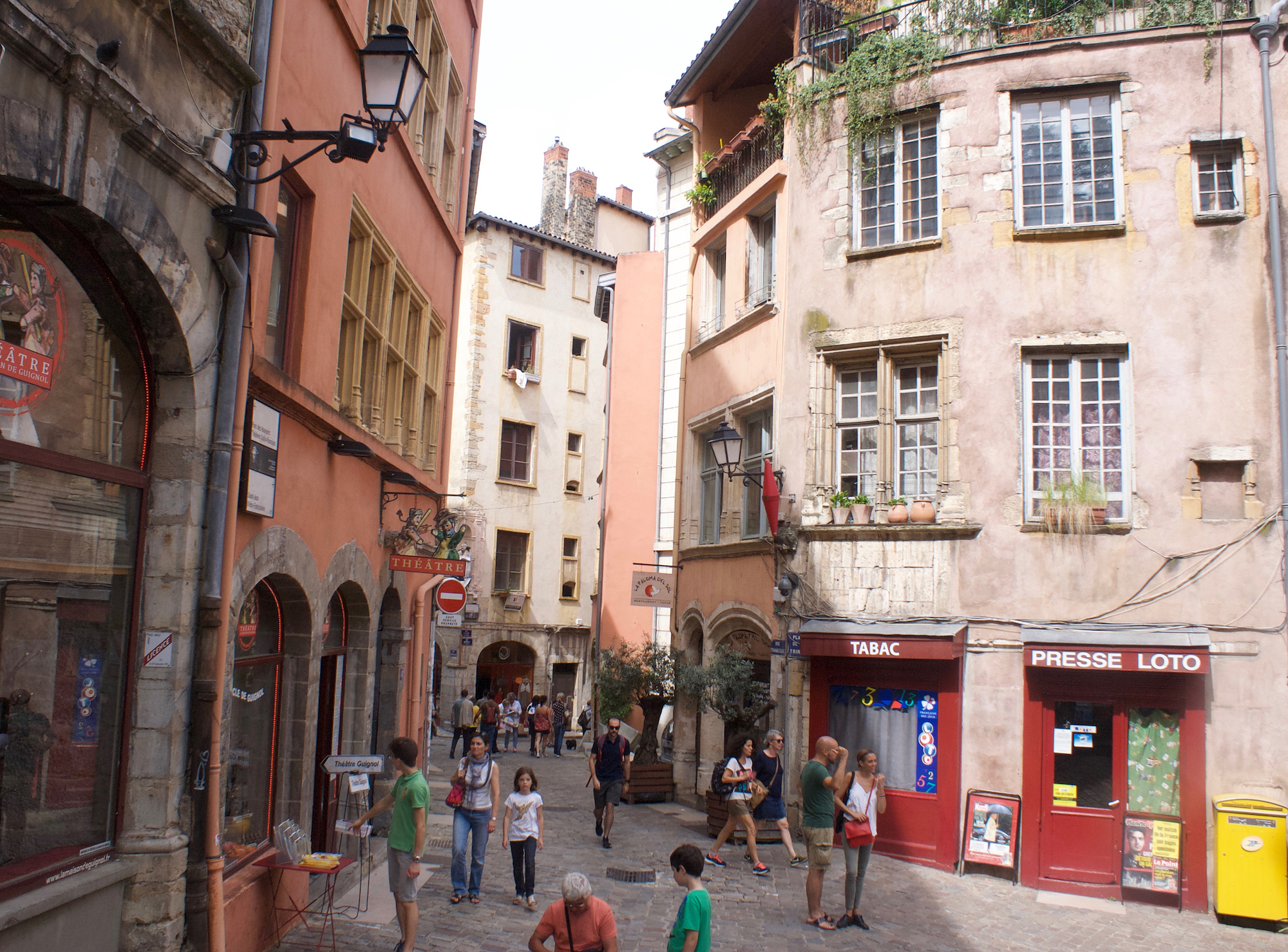There’s a pretty good chance you haven’t been to Alsace, the enchanting wine region slicing through northeast France, 300 miles east of Paris and a stones throw from the German border. There’s an even better chance you’d fall in love with Alsace if you made the trip. Whatever Alsace lacks in familiarity it vastly makes up for in wines of exceptional refinement and elegance, and medieval scenic charm. These wines simultaneously pulse with pure and unrestrained ripe fruit, bracing minerality, and layer after layer of mysterious flavorful depth. Not to mention a vine planting history that dates well back to the Romans, a couple thousand years of wrangling dukes and fiefdoms, and an overlapping cultural melange with neighboring Germany. It’s time to pull back the veil and discover this region of rich delights!
Alsace is neatly tucked between the Vosges Mountains to the west and the Rhine Valley, and the Black Forest of Germany beyond, to the east. The Vosges Mountains are a gentle spinous ridge that shelters the foothills from prevailing continental weather, and this significantly contributes to Alsace enjoying one of the driest and sunniest climates outside of Languedoc – perfect for growing grapes. On the foothills between this protective ridge and the adorable medieval villages that make up Alsace is an endless sea of sunsplashed vineyards that deliver some of the most unique white wines of France.
The Route des Vins of Alsace is sprinkled with an endless string of charming medieval villages, sprakling with half-timbered homes and dainty flower boxes, and cobbled streets of pure storybook charm. Culturally and politically Alsace has been a contested strategic crossroads for millenia, and though it shares a Germanic influence, it is undeniably French. You can see this influence in the local language, the architecture, the wine and cuisine. And the cuisine includes varieties of choucroute (sauerkraut), foie gras, crudite, chicken poached in Riesling, duck and veal – all hearty, flavorful and robust regional specialties that will have you begging for mercy after only a few days.
The unique identity of Alsace though shines in wines of tremendous distinction that will delight your senses. With white wine the focus, there are five principal grapes: riesling, pinot blanc, pinot gris, muscat, and gewurtztraminer, with a few lesser known but highly enjoyable local varieties such as sylvaner and auxxerois. Pinot noir is the sole red wine produced, claiming only 9.6% of planted vine, and yet their pinots are not to be discounted – a style of exceptional, seering clarity of fruit and light delicacy that you will only find elsewhere perhaps in Austria or Germany. Alsatian wines are recognizable by the gracefully tall fluted bottle shape, and unlike the rest of France, wines are labeled by variety.
The three signature components of Alsatian wine that will stop you in your tracks are laser guided fruit intensity, an array of mineral characteristics brought on by a diverse geologic make up, and a dance of other interwoven flavors and aromas. Rieslings are the king of Alsace – chiseled, steely and majestic, and a force to be reckoned with. Pinot Gris can be full bodied yet dry, smoky and romantic. Muscat is delicate, and often actually a blend of the local Muscat Ottonel and Muscat Blanc à Petits Grains. Gewurtztraminers are often dry and pack floral, honey and spice notes. They express a delicacy and earnest distinction that will have you sit back in a wondrous, wide ranging exploration of fruit, mineral, and floral sensations: peaches, nectarines, wet stone, honey, lavender, lychees, or a warm musk and spicy goodness that coats all your senses. Alsace also produces two late harvest classifications, a vendange tardive (late harvest), and a sélection a grains nobles.








Leave A Comment